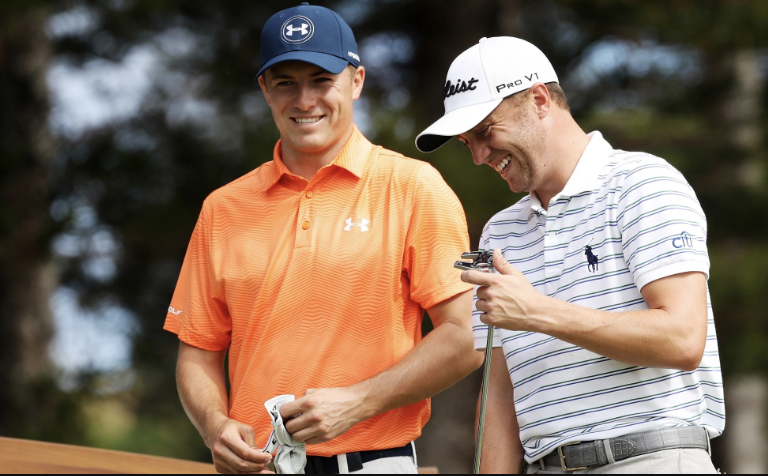The reviews are in and they are not strong for the USGA's handling of Shinnecock Hills.
My take for Golfweek comes with doses of empathy, as Mike Davis, Jeff Hall and friends are trying to maintain the difficult U.S. Open challenge in a game out of balance due to equipment advances. To do so, the edge-pushing in a modern green speed world via tough hole locations will continue to make classic courses too prone to disasters like Saturday.
I also have great admiration for the effort of the grounds crew who had the place in superb condition and positioned perfectly heading into the week. As with 2004, the fatal decisions for this setup were not theirs to make.
The Live From guys weren't as empathetic but it's hard to argue against their points in light of what happened.
Still, the problem remains the pre-tournament guarantees juxtaposed against what ended up happening. Reconciling the inability to have learned from mistakes will likely haunt the USGA for the next eight years.
Just a reminder of what was said and promoted pre-2018...
The USGA actually touted the lessons learned in this video piece.
Matt Ginella's piece on the maintenance team and tools at the USGA's disposal.
And here is what was said at May's media day by Mike Davis:
"And so I would just say that it was 14 years ago, it was a different time, it was different people, and we as an organization, we learned from it. When you set up a U.S. Open it is golf's ultimate test, it's probably set up closer to the edge than any other event in golf and I think that the difference then versus now is there was a lot more, we have a lot more technology, a lot more data in our hands.
"And frankly, ladies and gentlemen, what really happened then was just a lack of water. There just wasn't enough water put in and the plant, essentially the grass itself kind of went dormant, there wasn't enough friction on the greens.
"And now days we have got everything from firmness meters, we have got moisture meters in the greens, we have got -- obviously we can tell how fast a green is running. The meteorology is better, so we not only know where the wind are coming from but the velocities. And, frankly, there's better communication between the USGA and the grounds staff.”
In hindsight, the tools and those manning them worked. The weather forecast was not taken seriously enough by the USGA, just as was the case in 2004. There was a decision this time around not to add water as the day progressed that will haunt this regime just as it has with past setup teams. (It should be noted PJ Boatwright and David Eger's setups in 1986 and 1995 did not experience any issues. Greens were also slower and the equipment was not overwhelming the game.)
It seems the USGA needs to understand most want a satisfying championship, even if it means a compromise of the principle to not interfere with conditions as play progresses. (Thank you all for voting on the topic of adding water. With nearly 900 votes in now, 59% say add water mid-round if need be, 41% said no.)
Who would argue with a midday misting in this case had it been done in the name of protecting the health of the greens post-tournament? And we are talking about a very small amount to have kept those hole locations functional.
With two straight Opens tainted by a lack of water and a golf course that so easily spills over the edge as a dry, warm day progresses, what is there to be done?
Without any distance regulation or willingness to accept lower scores as a result of turning away from suggestions distances advances were de-skilling the game, the USGA must not let classic seaside courses have green speeds over 10.5. They must let the courses be scored upon, though a case could be made slower greens would not lead to lower scores. Having given the Heisman to distance regulation for years while pushing green speeds and hole locations to maintain the ultimate test, the organization has positioned itself into a corner.
One thing we do know: no classic course should every be forced to add length or soften greens going forward. Especially a masterpiece like Shinnecock Hills.




















